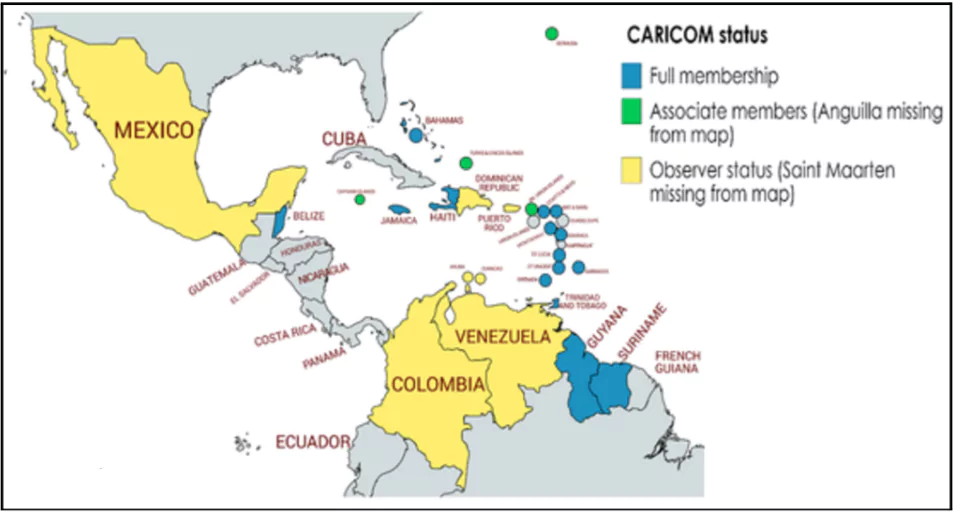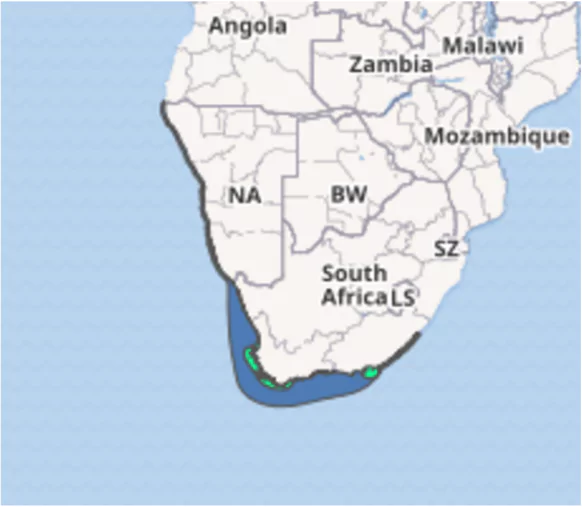The integration of Artificial Intelligence (AI) into governance systems marks a transformative era in public administration.
Evolution of Artificial Intelligence (AI) in India
|
|---|
Digital Public Infrastructure (DPI)
|
|---|
Artificial Intelligence can redefine governance by enabling:
Global Digital Pact
|
|---|
GovAI can transform governance by improving efficiency, transparency, and public service delivery. However, its success depends on ethical deployment, data privacy, and balancing AI’s transformative power with accountability, social justice, and human values.
The report titled “Charting New Paths for Gender Equality and Empowerment: Asia-Pacific Regional Report on Beijing+30 Review” was launched by ESCAP and UN Women at the UN Ministerial Conference on Women’s Empowerment, held in Bangkok, Thailand.
| World Conferences on Women:
The United Nations has organised four world conferences on women. These took place in:
|
|---|
Gender-Responsive Budgeting
|
|---|
Gender Inequality Index (GII), 2022
|
|---|
About International Efforts to achieve Gender Equality
|
|---|
Significant International Learnings on Gender Equality:
|
|---|
Achieving gender equality requires sustained efforts across legal, social, and economic fronts to create an inclusive society where everyone can realise their full potential.
India and Australia sealed an ambitious renewable energy partnership at the 2nd India-Australia Annual Summit on the sidelines of the G20 Summit in Rio de Janeiro, Brazil.
India-Australia Economic Cooperation and Trade Agreement (ECTA)
Key benefits of ECTA for India in 2024:
|
|---|
The COP29 Presidency introduced the Reducing Methane from Organic Waste Declaration to set sectoral targets to mitigate methane emissions from organic waste.
India’s Initiatives to tackle Methane EmissionGobardhan (Galvanizing Organic Bio-Agro Resources) Scheme: Promotes the conversion of cattle dung and other organic waste into biogas and compost. Harit Dhara: Focuses on the conservation of water resources and the promotion of sustainable agriculture, which can indirectly reduce methane emissions from agricultural practices. National Livestock Mission: Promotes initiatives like green fodder production, silage making, and improved feed management to reduce methane emissions from livestock. National Biogas and Organic Manure Programme: Encourages the use of biogas technology for cooking and lighting, reducing reliance on fossil fuels and methane emissions. |
|---|
Prime Minister Narendra Modi, during his historic visit to Guyana for the second India-CARICOM Summit, proposed seven pillars to strengthen India-CARICOM ties and received Dominica’s and Guyana highest honour.
Prime Minister Narendra Modi outlined seven key pillars to deepen ties between India and CARICOM nations, aligning with the acronym C-A-R-I-C-O-M:
Awards Conferred on PM Modi by Guyana and Dominica
|
|---|

Recently, UNICEF released ‘State of the World’s Children 2024’ report on November 20.
World Children’s Day 2024
|
|---|
Context: India and Italy will negotiate a defence industrial roadmap, ensure classified information protection, and enhance maritime and port sector cooperation under the Joint Strategic Action Plan 2025-29.
Carrier Strike Groups (CSG) exercise
|
|---|
Context: Recently, The Indian Army successfully organised an exercise, ‘Sanyukt Vimochan 2024’ at Ahmedabad and Porbandar, Gujarat.
Context: Coal India Limited (CIL), under the Ministry of Coal, received the Green World Environment Award 2024 in the Corporate Social Responsibility (CSR) category.
About The Green Organization.
|
|---|
Context: Recently, the Indira Gandhi Prize for Peace, Disarmament, and Development 2023 was given.
Context: The African Penguin was recently listed as critically endangered by the International Union for Conservation of Nature (IUCN).
 The largest colony is located on Dyer Island.
The largest colony is located on Dyer Island.
Context: India and Japan have signed a Memorandum of Implementation (MoI) for the “co-development” of UNICORN (Unified Complex Radio Antenna) Nora-50 integrated mast for Indian Naval Warships.
Context: Tzeporah Berman, Chair and Founder of the Fossil Fuel Non-Proliferation Treaty Initiative, recently, spelt out the latest threats to the planet at COP29 in Baku.
Context: Artistes in West Bengal celebrated the centennial of Salil Chowdhury, whose body of works spans across various genres of Indian music.
<div class="new-fform">
</div>
